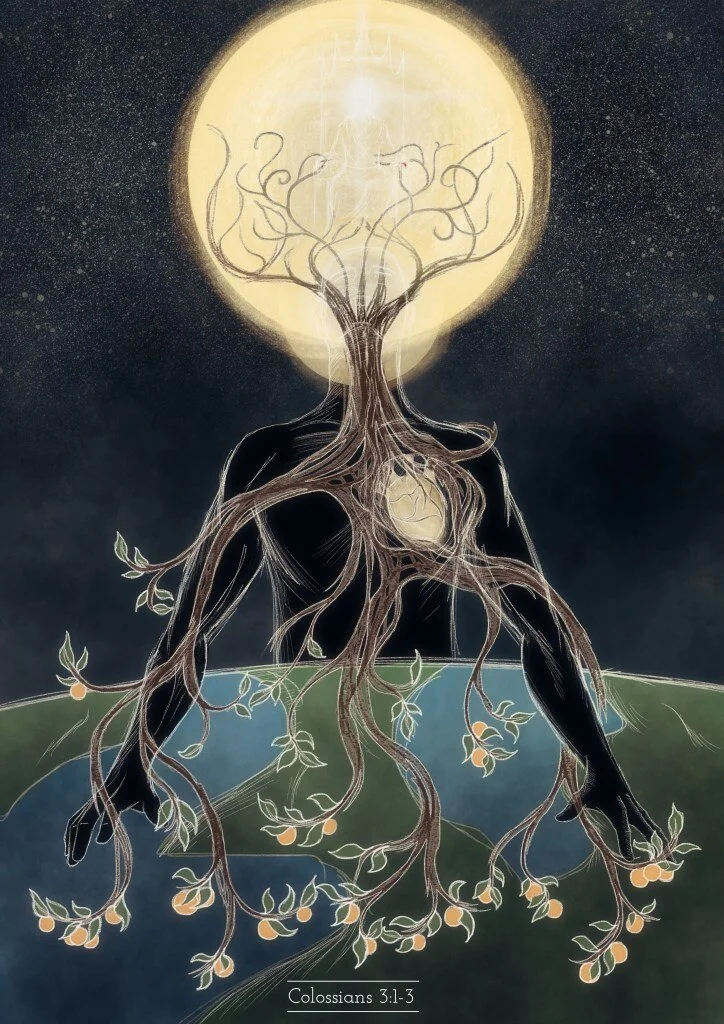Do I have to sit still when I pray and meditate?
My journey with trembling for joy
Those of us who grew up in a traditional church were taught to sit still and be quiet in church. However, at one point in my journey in the 1960s, I learned from the charismatic movement there were other ways to worship God, especially when singing glorious hymns and lively songs.
One Sunday morning in the church where I pastored, we were singing “Joyful, Joyful We Adore Thee” accompanied by our thundering pipe organ and beautiful orchestra. I had, along with many others, raised my hands in open praise. When we finished and began sitting down, a little boy in front of me who had turned around and was watching me, asked, “Why are you doing that with your hands?” Without thinking, I said, “Because we’re in church!
For many years, as I prayed for others, touching them lightly on their arms or shoulders, my hands would tremble. I could concentrate and get my trembling to stop, but then I couldn’t focus on praying. So, I decided not to worry about it.
Then, twenty years ago, under the influence of my Buddhist friend, Ken Wilber, I graduated to meditative prayer. I was again instructed to sit still and be quiet. So, I did and found deep and rich experiences in subtle and causal consciousness. But, once again, my body started up again. I noticed whenever I was reading or listening to someone offering spiritual truth that touched me, I would experience a rush of energy that would erupt as a tremor or twitch in my shoulders. This wasn’t a problem since it was barely noticeable — at first.
Then it began to get more pronounced. When I was alone and would turn my attention to the presence of Abba God or Jesus, I would often shake ferociously. This was getting really strange. So, as a good academic, I did what I always did upon embarking on a new line of thought or action — I researched the heck out of it.
Read More
